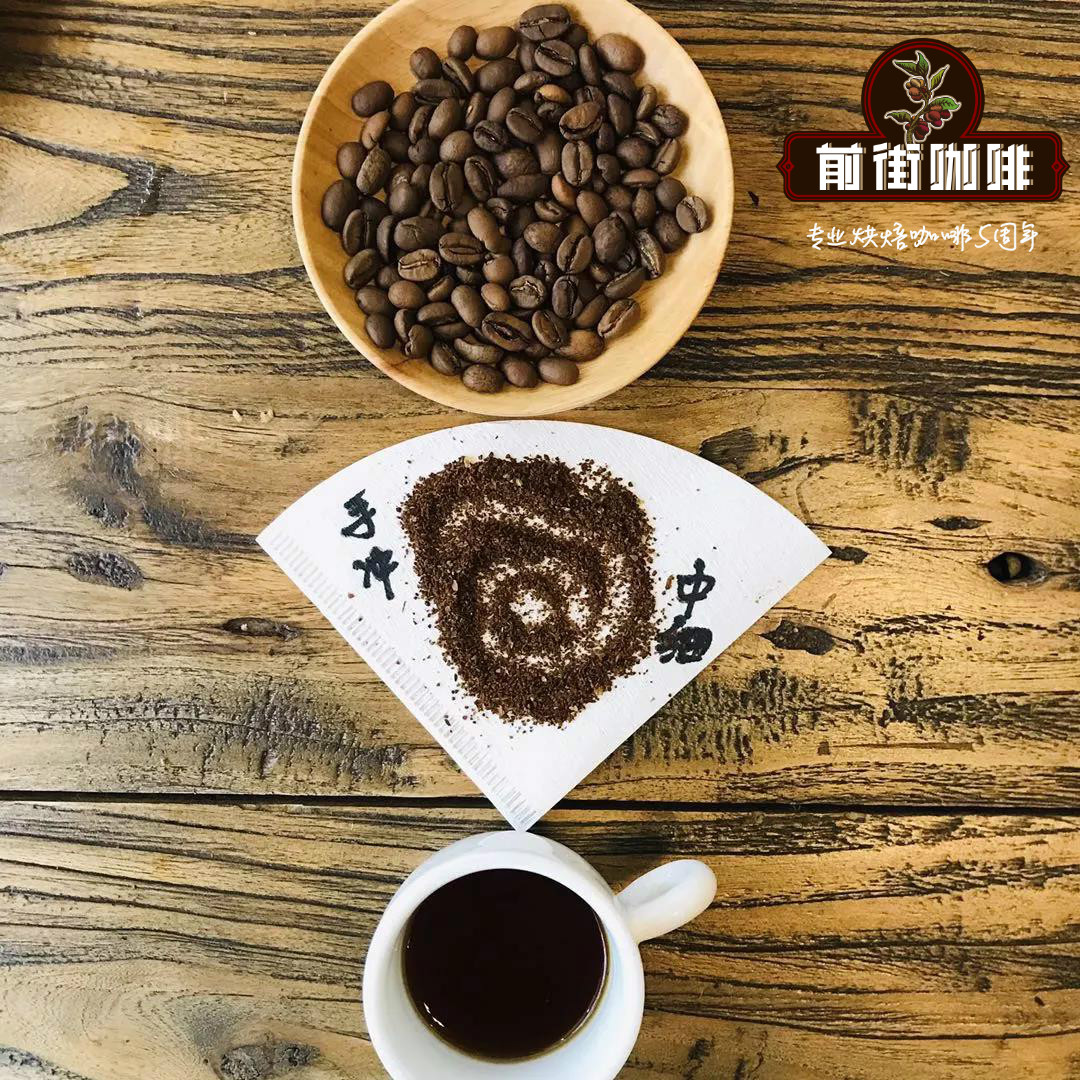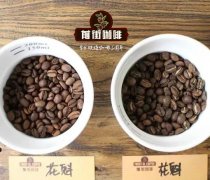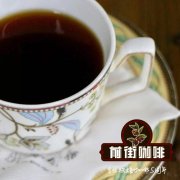Roasting skills of Yemeni mocha beans how to bake the best flavor of Yemeni mocha beans

Professional coffee knowledge exchange more coffee bean information please follow the coffee workshop (Wechat official account cafe_style)
A coffee expert once said: "the taste of Yemeni mocha is so diverse that it varies not only from different places, different tree species, and different batches, but also from each sack or even every cup." Because of his complexity and variety, how to bake the best flavor of Yemeni mocha is a challenge for coffee roasters.
The Yemeni mocha bean has bright acidity in light baking, with sweet fruit, spices and chocolate flavors, red berries, vanilla, cream, caramel and chocolate in medium baking, and obvious chocolate, nuts and spices in deep baking. We chose moderate baking in terms of baking degree, and the Yemeni mocha belongs to raw beans with less water, and considering the different sizes of beans, the temperature under the raw beans with low moisture content should not be too high, and the dehydration is accelerated in the early stage. retain moisture to develop flavor and taste. Preheat for 30 seconds, open the throttle to 3 until the color of the raw bean turns light green or white, open to 4, explode and open to 5 (maximum).
The caramelization reaction produces the best baking degree of nuts, chocolate, caramel and other flavors, which also balances the tricky acidity of mocha coffee to some extent. But it should be noted that the mocha is full of chocolate, but it is easy to taste rubber after baking.
The temperature of the furnace is 170 degrees Celsius, the fire power is 140C after opening the throttle for 1 minute, the throttle is unchanged, the temperature is 147.2 degrees, the bean surface turns yellow, the smell of grass disappears completely, the dehydration is completed, the firepower is adjusted to 110C, and the throttle is changed to 4.
In the 8th'00 minute, ugly wrinkles and black markings appear on the bean surface, and the smell of toast obviously changes to the smell of coffee, which can be defined as a prelude to an explosion. At this time, listen carefully to the sound of the explosion point, start to explode at 8: 23 ", turn the firepower down to 60 degrees, and the throttle is fully open (adjust the firepower to be very careful not to be so small as to be free of bursting sound), and put the pot at 197.9 degrees.
Related recommendation: description of Yemeni coffee flavor and taste characteristics is Yemeni mocha coffee good?
Important Notice :
前街咖啡 FrontStreet Coffee has moved to new addredd:
FrontStreet Coffee Address: 315,Donghua East Road,GuangZhou
Tel:020 38364473
- Prev

What's the difference between the Yemeni mocha and the usual mocha coffee?
Professional coffee knowledge exchange more coffee bean information Please follow the coffee workshop (official Wechat account cafe_style) although the wave of boutique is the revival of technology replacing machinery, but the dominant supply and demand is still inseparable from the market
- Next

Brewing parameters of Yemeni mocha coffee how to brew Yemeni mocha coffee by hand
Professional coffee knowledge exchange more coffee bean information please follow the coffee workshop (Wechat official account cafe_style) with V60, KALITA three-hole filter cup and cake cup. V60 parameters: water temperature 90 degrees / grindability BG 5R (64% pass rate of Chinese standard No. 20 sieve) / powder / water ratio 1:15 / time 201The method: steam with 27g water for 30 seconds, slowly inject water to 120g.
Related
- Beginners will see the "Coffee pull flower" guide!
- What is the difference between ice blog purified milk and ordinary milk coffee?
- Why is the Philippines the largest producer of crops in Liberia?
- For coffee extraction, should the fine powder be retained?
- How does extracted espresso fill pressed powder? How much strength does it take to press the powder?
- How to make jasmine cold extract coffee? Is the jasmine + latte good?
- Will this little toy really make the coffee taste better? How does Lily Drip affect coffee extraction?
- Will the action of slapping the filter cup also affect coffee extraction?
- What's the difference between powder-to-water ratio and powder-to-liquid ratio?
- What is the Ethiopian local species? What does it have to do with Heirloom native species?

